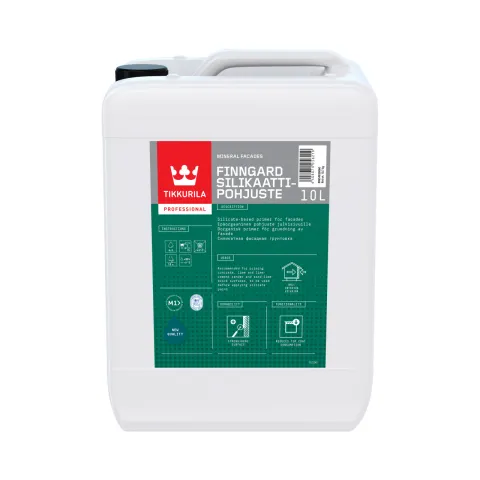
Finngard Silicate Primer
Primer
Mineral facades need to be well treated so that they will last a long time. Priming mineral facade surfaces can help to achieve a better overall result of the paint job.
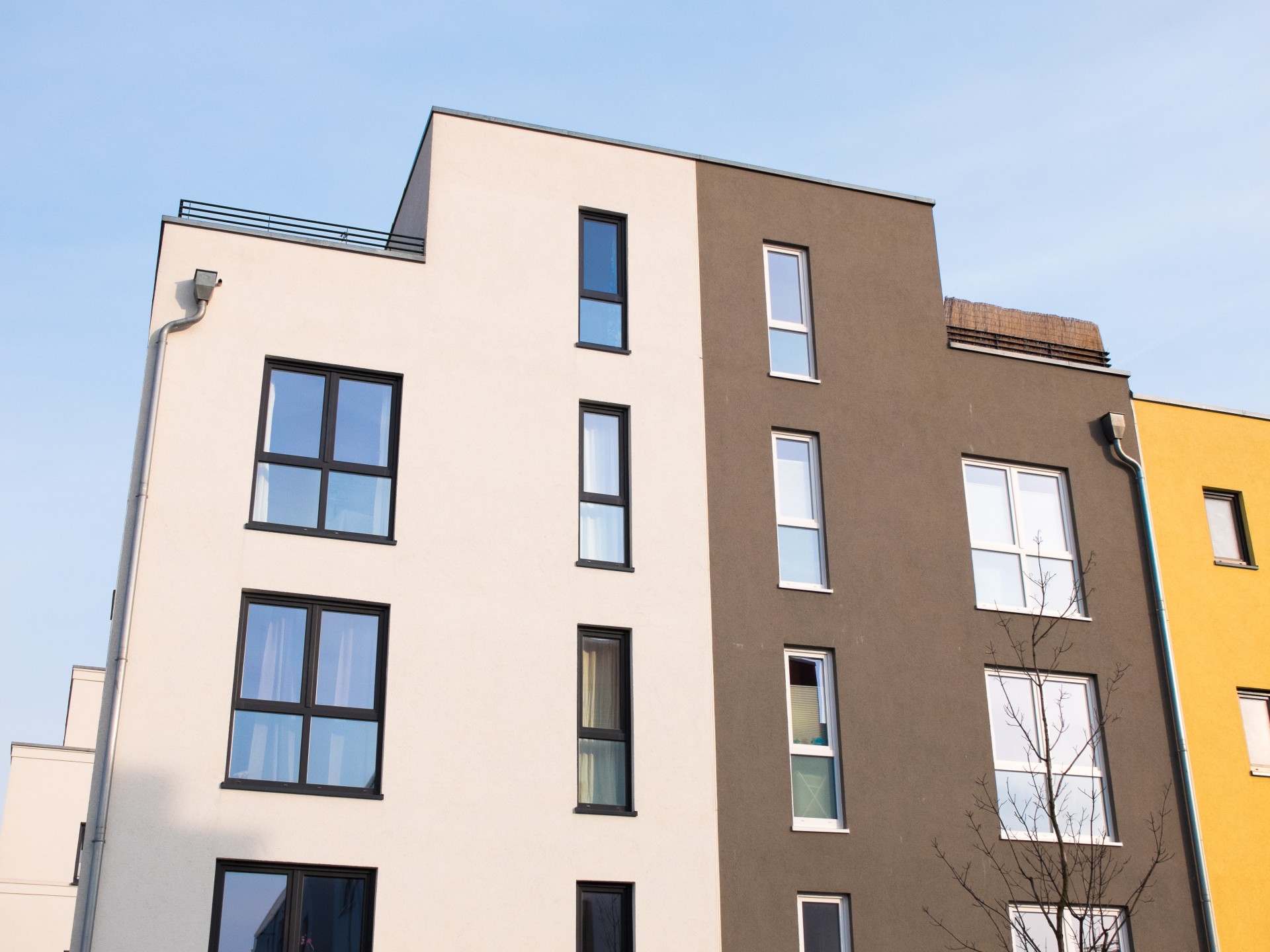
There are several types of mineral facades from concrete to bricks and natural stones like limestone and granite. When choosing products for a mineral facade project you need to consider both the base material and whether the project is a renovation or a new building.
Mineral facades – like other exterior facades – are often under stress from varying weather conditions. For instance, changing temperatures, excess moisture, UV radiation and pollution will all affect mineral facades over time. To fight against these dangers and to have a long lifespan of a facade it is important to protect the mineral facades well. This means a careful pretreatment before painting – and adding priming as a part of the painting process.
Always remember to use an appropriate primer for the given paint or the outcome will not be good: a silicate primer for a silicate paints, an acrylic primer for a acrylic paint and so on. We listed 5 reasons why it is useful to prime mineral facades before painting.
The most important job of a primer is to create a bond with the surface or material to which it is applied. This will establish a strong connection that enhances adhesion, sealing, protection and durability, ultimately contributing to the effectiveness and longevity of the coating system. A primer helps to seal the material of the mineral facade before regular paint is applied. In some cases, using a primer can help to protect the topcoat from the impact of destructive factors from the wall.
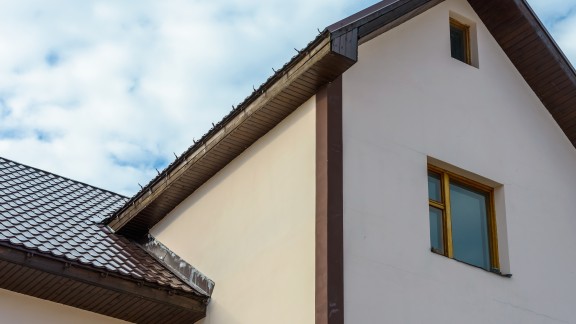
With priming you can reduce and even the absorbency of the mineral facade. Primers help to seal the surface and regulate porosity which leads to reduced absorbency of the mineral facade. This protects the facade for example from moisture damage and staining. Having less absorption means better performance of the topcoat which can reduce the costs of painting the facade.
A primer will improve the adhesion of facade paint to the surface. It can help to seal porous areas and fill small imperfections creating more uniform substrate. This ensures that the paint adheres evenly across the surface. Some primers also contain special additives that enhance adhesion between the surface and the paint.
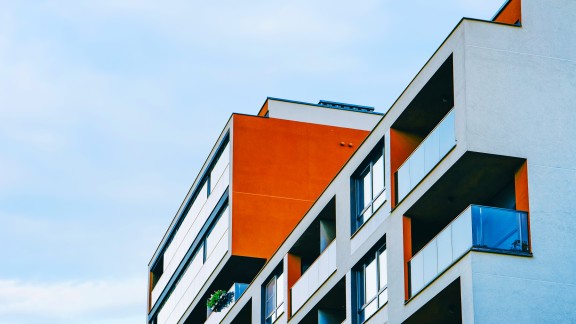
With priming you can influence the longevity of the mineral facade and durability of the colour. Primers can improve the durability of the paint layer by providing a stable and uniform base for paint application. This helps the paint withstand weathering, abrasion and other wear and tear which can extend the overall lifespan of the facade.
Using a primer you can get better colour accuracy for the facade. Primers can help to maintain the true colour of the paint over time. Acting as a barrier against moisture and contaminants, they contribute to a consistent and visually pleasing finish with even colour distribution. Primer ensures uniformity of the colour of the painted mineral surface.
You’re visiting Tikkurila website from United Kingdom. Would you like to visit the local UK site?

Primer
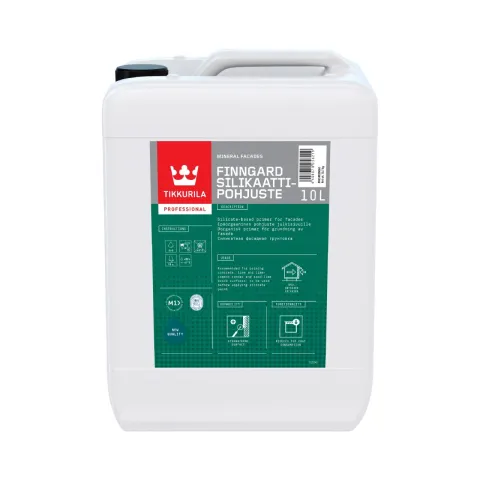
Primer
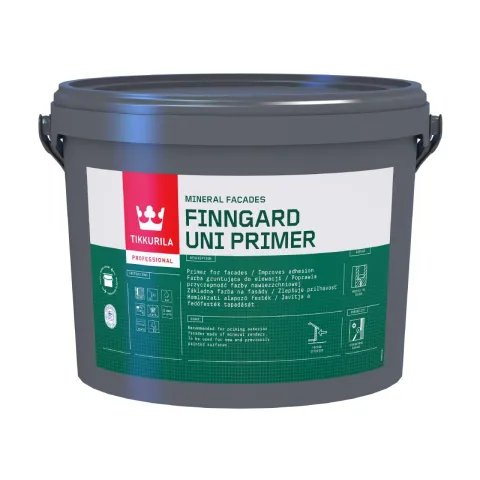
Primer
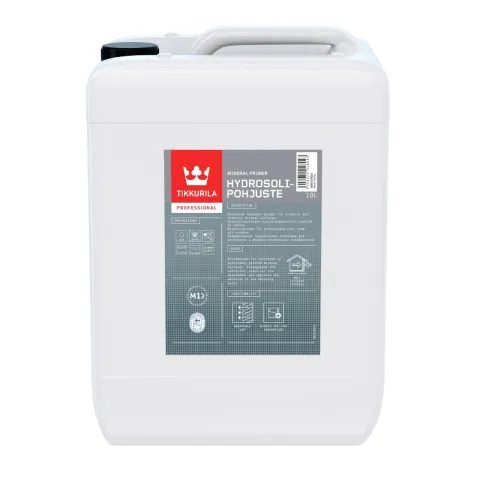
Primer
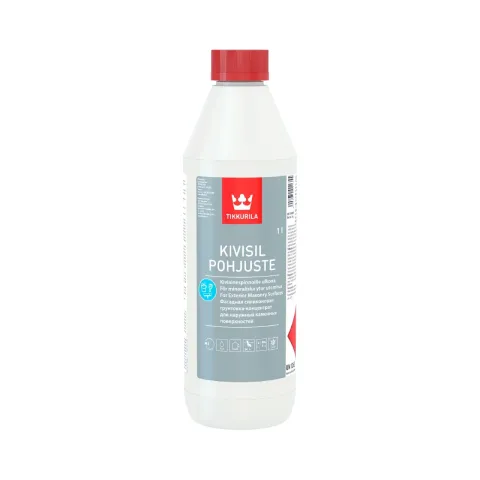
Primer

Primer
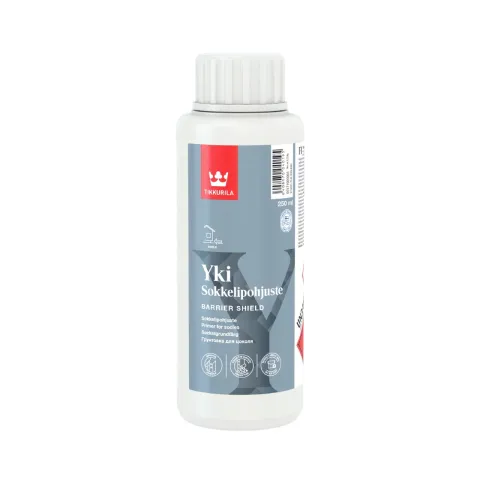
Primer